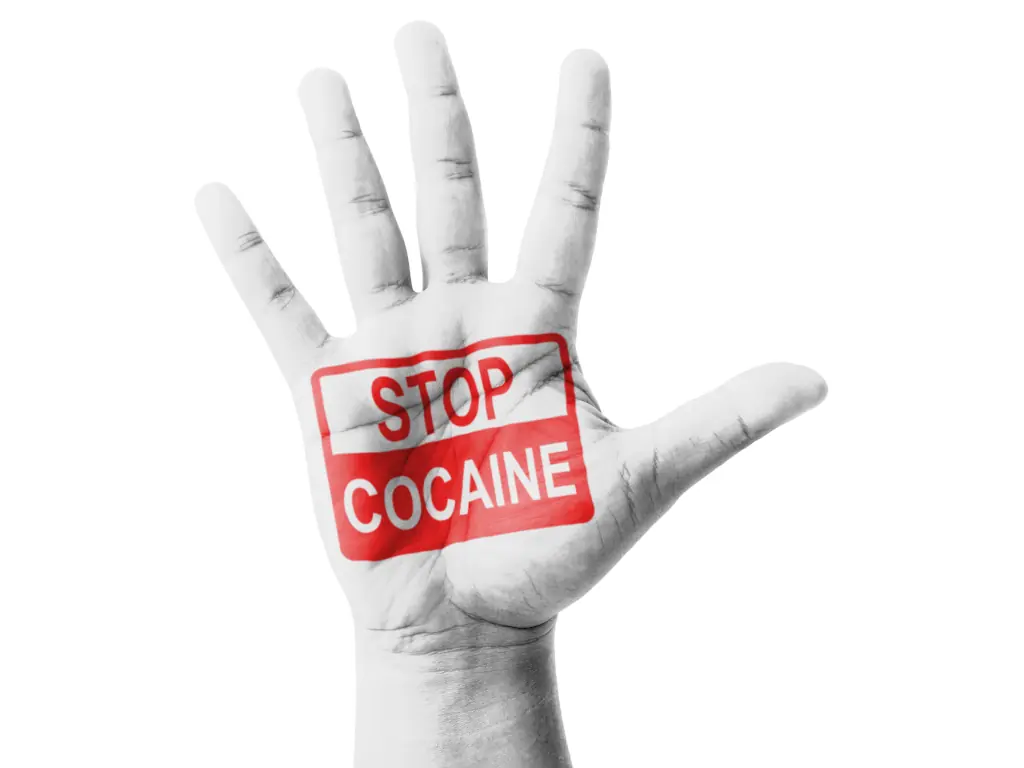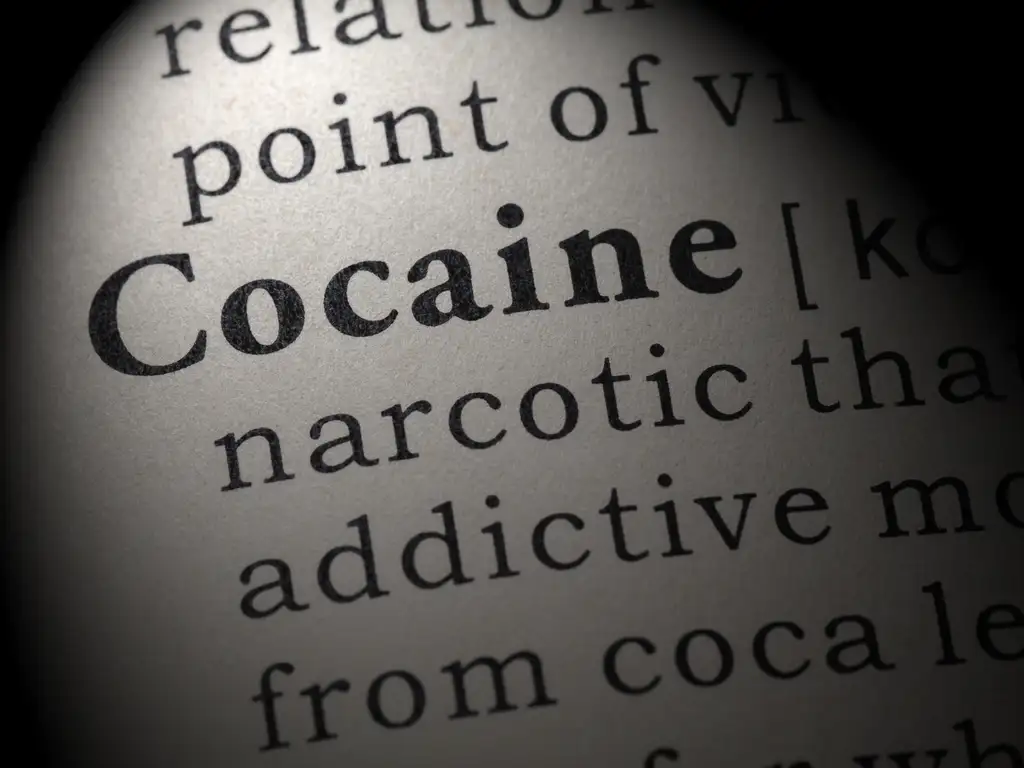Understanding cocaine overdose symptoms can save lives. How much cocaine it takes for an overdose varies based on a persons height, weight, and time line of use. This article is to breakdown what to look for if someone is in trouble, how to help them, and if needed treatment options for long term recovery.
What is Cocaine?
Cocaine is a powerful and highly addictive stimulant drug derived from the coca plant. It is one of the most infamous drugs on the planet. When consumed, cocaine use causes intense feelings of euphoria, increased energy, and heightened alertness. However, it also poses significant risks, particularly when taken in excessive amounts, leading to a cocaine overdose. A cocaine overdose can be life-threatening and requires immediate medical attention. This article explores the history of this dangerous substance and the physical and psychological symptoms associated with a cocaine overdose.
History of Cocaine
The history of cocaine as a stimulant drug is a long and complex journey that spans centuries and continents. From its ancient roots as a traditional medicine to its modern status as a a common subject of substance abuse, cocaine’s story is a fascinating one.
Cocaine’s history can be traced back to ancient civilizations in South America, where the coca plant (Erythroxylum coca) is native. The indigenous people of the Andean region, particularly in present-day Peru, Bolivia, and Colombia, were the first to cultivate and use coca leaves for their physical effects. These early cocaine users would chew the leaves to alleviate fatigue, hunger, and altitude sickness, as well as to enhance endurance during physically demanding activities.
Although cocaine powder, the most common form of the substance today, did not emerge until centuries later, Coca leaves played a central role in the spiritual and cultural practices of pre-Columbian civilizations, such as the Inca and Moche. These societies believed that the euphoric effects of coca leaves connected them to the spiritual realm and were used in religious ceremonies and offerings to the gods.
With the arrival of Spanish conquistadors in the 16th century, the knowledge of the coca plant and its effects spread to Europe. In 1859, German chemist Albert Niemann isolated the alkaloid and named it “cocaine.”
In the late 19th and early 20th centuries, cocaine gained popularity as a medical treatment in Europe and the United States. Mixing cocaine with other substances was a popular way to amplify their effects. It was believed to have various therapeutic properties and was used as a local anesthetic in surgeries, and even as a remedy for depression and addiction to other substances.
As medical professionals began to recognize the addictive properties and negative effects of cocaine, its use as a recreational drug gained traction. By the early 20th century, cocaine abuse had become a significant societal issue, leading to legal restrictions on this highly addictive substance in several countries.
The illicit trade of cocaine grew, particularly in the latter half of the 20th century, fueled by drug cartels in South America. The increase in the use cocaine as a recreational drug in North America and Europe increased awareness of cocaine addiction, and cocaine related deaths by overdose began to rise.
In response to the escalating drug abuse problem, the United States launched the “War on Drugs” in the 1970s. This marked a significant shift in drug policies and enforcement, with a focus on criminalizing drug use and imposing stricter penalties on drug-related offenses.
Still, cocaine overdoses, cocaine use, and cocaine addiction continued to rise, particularly with the advent of crack cocaine, a faster-acting version of the drug that is smoked.
Symptoms of Cocaine Overdose
A cocaine overdose occurs when an individual consumes toxic levels of the drug, overwhelming their body’s natural ability to process and metabolize it. Overdosing on cocaine can lead to many adverse effects, including cardiovascular problems, kidney failure, problems with the gastrointestinal tract, and even death. Since cocaine affects the central nervous system and disrupts various bodily functions, recognizing cocaine overdose symptoms is vital for timely intervention.
Cocaine Overdose Signs- Physical
Cocaine addiction and cocaine use is extremely dangerous, and the physical symptoms of an overdose on cocaine are particularly frightening- although overdose symptoms are not always as dramatic as one might think.
Elevated Heart Rate
One of the earliest signs of a cocaine overdose is a rapid and irregular heartbeat (tachycardia). The drug significantly increases blood pressure and heart rate, putting immense strain on the cardiovascular system. This can also lead to respiratory depression. A person’s breathing rate can be an important indicator of whether they are at risk of overdose. Combining cocaine with alcohol or other drugs increases the risk of overdose.
Blood Pressure
Cocaine stimulates the release of adrenaline, causing blood vessels to constrict and leading to high blood pressure (hypertension) and decreased blood flow. This is one of several cocaine overdose symptoms that can be life-threatening.
Chest Pain
Individuals experiencing a cocaine overdose often complain of severe chest pain due to increased stress on the heart and the potential for heart attacks. How much cocaine it takes to induce a heart attack varies depending on the person suffering from the cocaine addiction. There is no safe cocaine range because of this variability in effects. People may not recognize they are having a heart attack because of the anesthetic and euphoric effects of cocaine and other drugs they may be consuming.
Hyperthermia
The body temperature of someone experiencing a cocaine overdose may rise significantly (hyperthermia), leading to excessive sweating and dehydration. Taking cocaine always elevates body temperature, but too much cocaine can cause the resulting “hyperthermia” to enter a dangerous zone.
Cocaine Overdose Signs- Psychological
The psychological signs of cocaine overdose can be less obvious than physical signs, given that an overdose on cocaine often mimics the effects of typical ingestion.
Agitation, Restlessness, and Paranoia
Individuals experiencing a cocaine overdose may become highly agitated, restless, and exhibit hyperactive behavior.
An overdose of cocaine can induce feelings of extreme anxiety and panic, leading to irrational behavior and distress.A cocaine overdose can intensify feelings of paranoia and suspicion, making the individual overly distrustful and suspicious of others.
Hallucinations
In severe cases, an overdose on cocaine may cause hallucinations, wherein the affected person perceives things that are not present.
Cocaine Overdose Signs- Neurological
Seizures
Cocaine overdoses can trigger seizures, which are sudden and uncontrollable electrical disturbances in the brain.
Stroke
The vasoconstrictive effects of cocaine can lead to strokes, causing significant neurological damage or even death. These effects vary widely among users. Cerebral bleeding is another common symptom that often comes before more serious consequences like a stroke.
Higher Risk Factors For Cocaine Overdose
Some types of cocaine use and cocaine addiction pose a higher risk of overdose than others. Those who inject cocaine are more likely to incur permanent damage. The same is true for people who mix cocaine with alcohol or other depressants, or for people with a high tolerance who ingest several grams of cocaine at once. For a person that takes cocaine on a regular basis, the use of more cocaine is necessary to produce the same effect. They may start off using a few hundred milligrams at a time and progress to larger amounts.
Treatment Options For Cocaine Addiction at Turning Point of Tampa
Recognizing the signs of a cocaine overdose is critical for initiating immediate medical assistance. If you suspect that someone may be experiencing a cocaine overdose, it is vital to call emergency services right away. Timely intervention can be life-saving and may prevent irreversible damage to the individual’s body and brain.
Cocaine abuse is a serious concern. Understanding the risks associated with cocaine use and taking preventative measures can help save lives and protect communities from the devastating effects of drugs. Turning Point of Tampa offers an individualized treatment plan to every person who suffers from cocaine addiction or other substance abuse issues.







